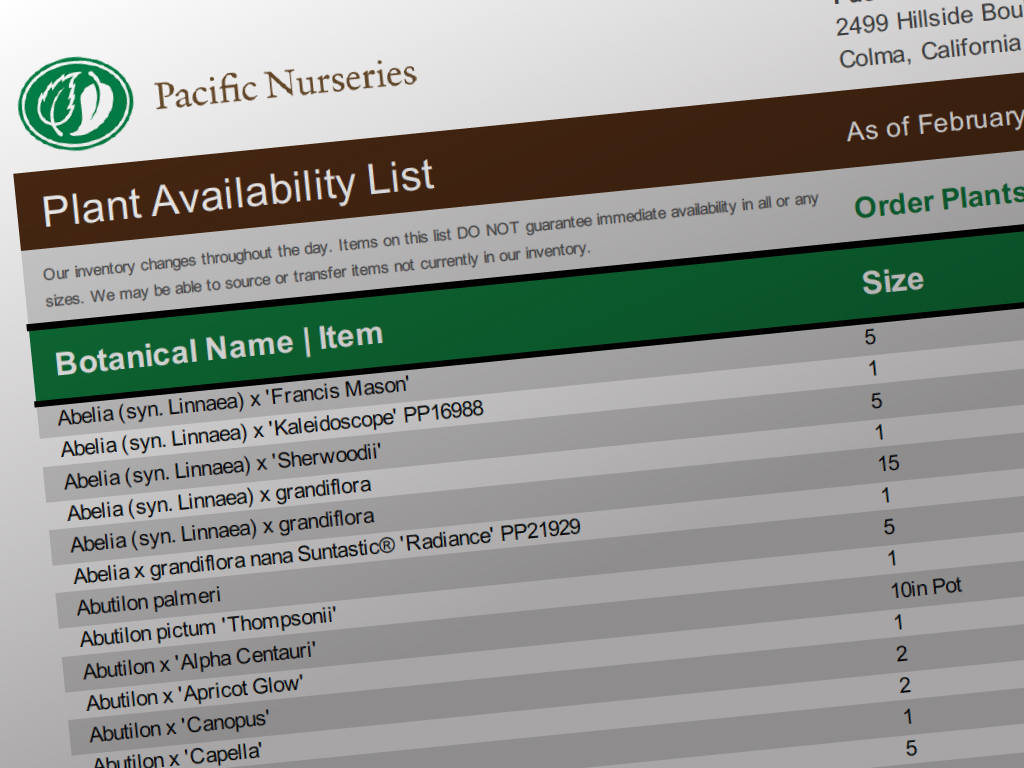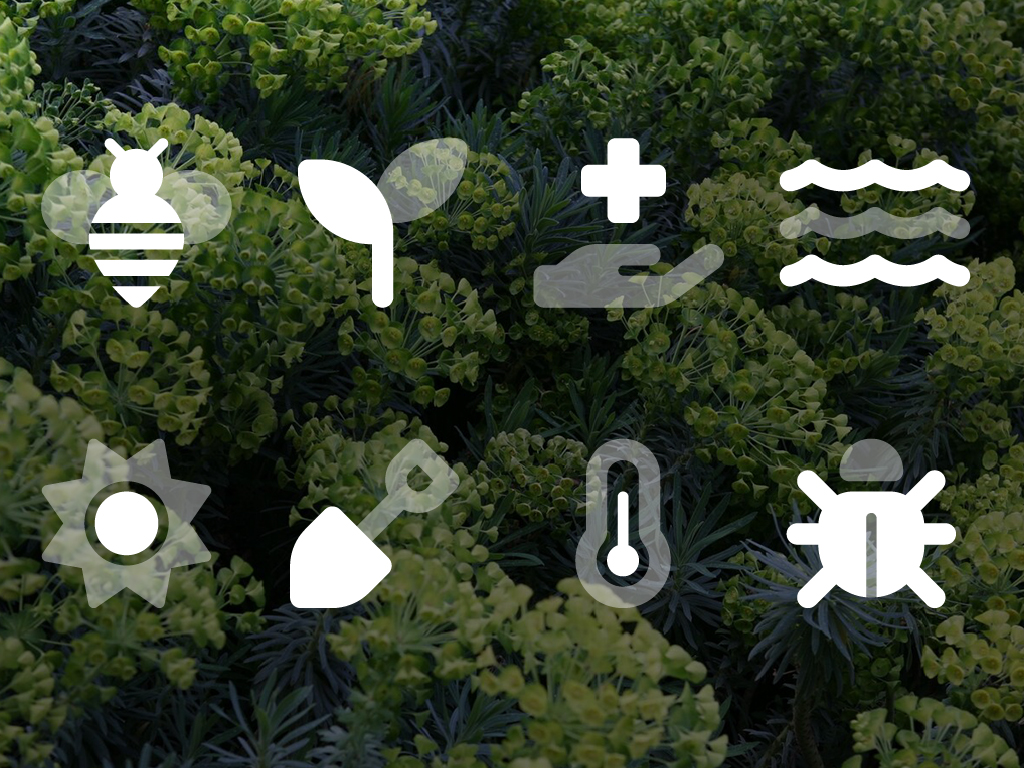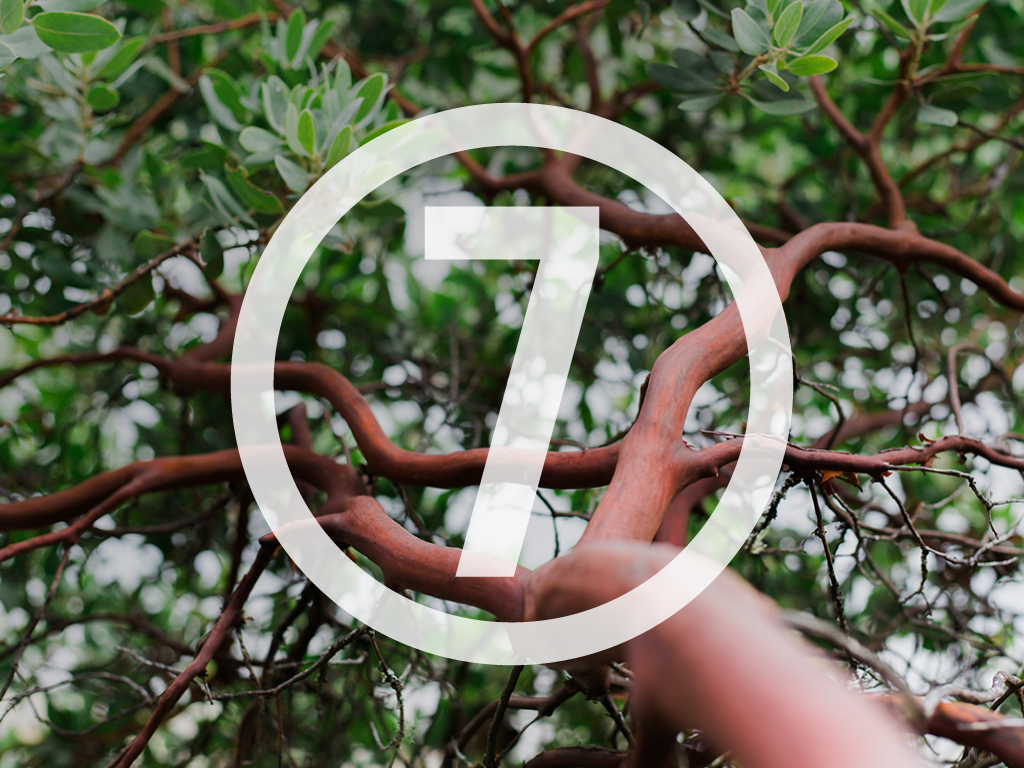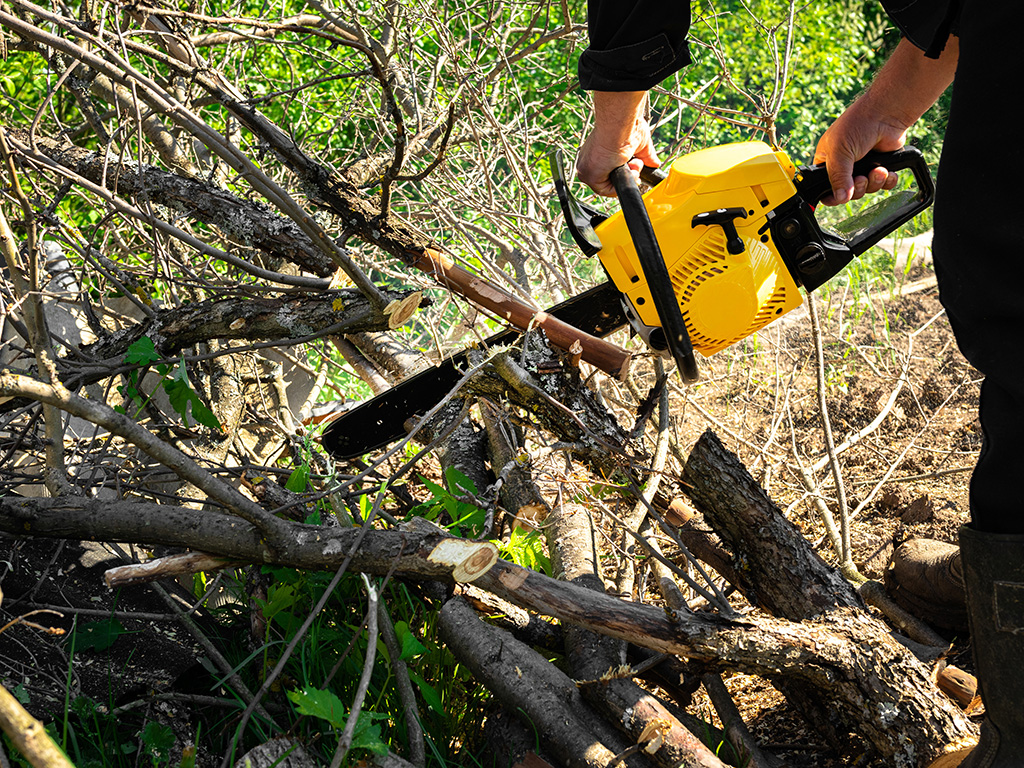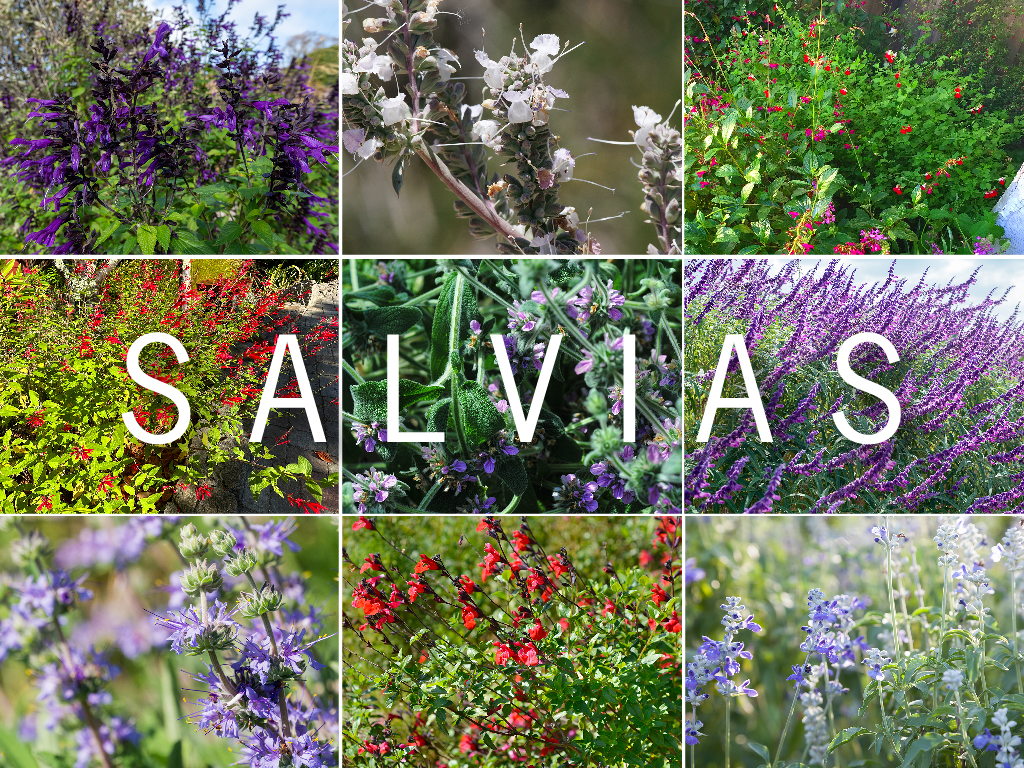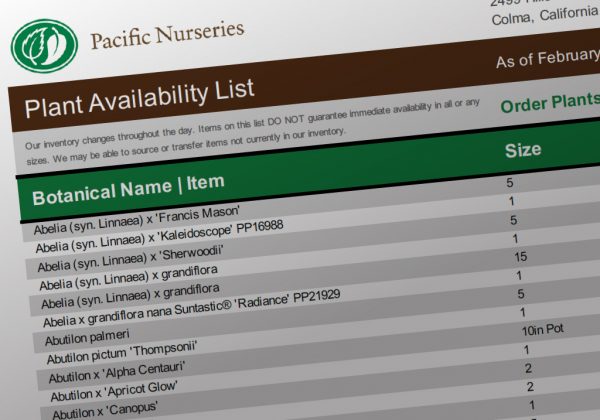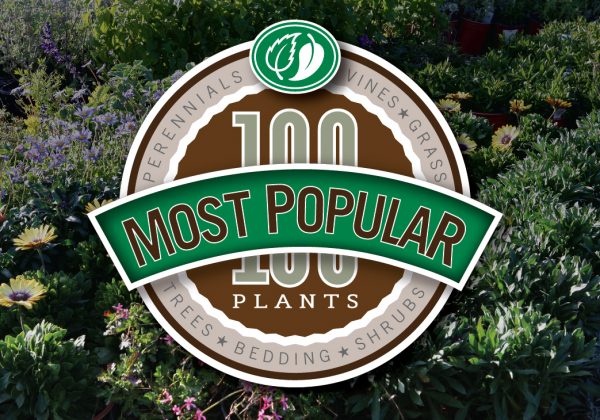To help answer this timely question, we’ve assembled a comprehensive summary of what makes California native plants so attractive and why they’re worth considering as valuable additions to any landscape.
We’ve also included some native specimen recommendations for trees, shrubs, ferns, and perennials that are great choices for bringing native plants seen in the wild into your project.
California native plants seen in the wild throughout the Bay Area
Here in the San Francisco Bay Area, we are blessed with many wild land areas and open spaces where California native plants thrive.From the trails and watershed of Mt Tam in Marin to the rolling hills of San Bruno on the San Francisco Peninsula to the dry heights of Mt Diablo in the East Bay, we can hike, walk or bike through these unique landscapes and see native plants growing, blooming and fostering natural habitats that support essential life around them.
So if you discover native plants seen in the wild that you find particularly attractive, bringing them into your landscape project is easier than ever.
Raul Campos | Raul Campos Landscapes
Why choose CA native plants for your project?
Native plants have evolved over centuries with our local climate, diverse soil types, and unique wildlife. The result of this evolutionary process has enabled native plants to develop amazing characteristics that are detailed below.Water-efficient
Once established, many California native plants need minimal irrigation beyond normal rainfall. Every Landscape Pro should be doing everything that they can to conserve limited water resources—especially as climate change continues to transform the Bay Area with greater risk to fire. What’s more, saving water saves money too for both you and your client.Essential pollinator support
Native plants, hummingbirds, butterflies, and other beneficial insects are vital contributors to a healthy, interconnected ecosystem. Recognized research reveals that native wildlife prefers native plants. For example, California’s many pollinators help improve fruit set in trees. And native insects and birds that rely on native plants also reduce the proliferation of mosquitoes and other plant-eating bugs.Pesticide elimination
Native plants have developed their own defenses against many pests and diseases. And as most pesticides kill indiscriminately, beneficial insects become secondary targets when used to attempt to control pests. Reducing or eliminating pesticide use engages natural pest control and thereby reduces the opportunity for harmful added toxins to leach into creeks and watersheds.High carbon sequestration
A study from the University of California, Davis, published in the journal Environmental Research Letters, found that native grasslands and rangelands are more resilient carbon sinks than California forests. Unlike forests, grasslands sequester most of their carbon underground, while forests store it mostly in woody biomass and leaves. When fire burns native grasslands, the carbon-fixed underground tends to stay in the roots and soil, making them more adaptive to climate change.“Looking ahead, our model simulations show that grasslands store more carbon than forests because they are impacted less by droughts and wildfires,” said lead author Pawlok Dass, a postdoctoral scholar at UC Davis
Lower Maintenance
While no landscape is maintenance-free, California native plants require significantly less time and resources for care than other plants. Native plants do best with some attention in a landscape. However, they use less water, require little to no fertilizer or pesticides, and require less pruning and time for care.Local Ecology Support
Planting California native plants can effectively connect wildland and developed areas together. As never-ending community growth in the Bay Area replaces natural habitats, native plants can serve as important bridges from one growing area to another. The result is a sustainable local ecosystem that supports wildlife and provides essential habitat for survival.Unique California beauty
California native plants offer incredible color variety, amazing structural design, and uniquely stunning beauty when used in just about any Bay Area landscape. While frequently not considered or often overlooked in planting design, they create a strong sense of place and connect more deeply to the natural environment when they are thoughtfully integrated. From trees to shrubs to ground covers and grasses, there is a California native plant that you can choose that will perform better, look more attractive, and effectively support the wildlife and the environment around it.
Leading the way to a healthier Bay Area landscape
The California Native Plant Society | CNPS is a statewide organization working to save and celebrate California’s native plants and places through plant science, advocacy, education, and horticulture.With nearly 10,000 members in 35 chapters, CNPS is leading a statewide effort to increase the awareness and use of California native plants by Landscape Professionals and residents.
This campaign is named Bloom! California and it launched in early 2021.
 Developed in partnership with a diverse group of nurseries, water agencies, nonprofits, and others, the three-year campaign is timed to address the dual crises of climate change and increasing specimen extinction.
Developed in partnership with a diverse group of nurseries, water agencies, nonprofits, and others, the three-year campaign is timed to address the dual crises of climate change and increasing specimen extinction.This important effort was made possible by a grant from the U.S. Department of Agriculture | USDA, and funding by a California Specialty Crop Block Grant.
“California is facing a real-time crisis of both drought and the collapse of insect and bird populations. Installation and use of California Native Plants offer a specific and tangible way for Landscape Professionals to help,” said Liv O’Keeffe, senior director of public affairs for CNPS.
As a targeted outreach effort to grow a more sustainable future for California, Liv and CNPS encourage all Landscape Pros, and residents, to support Bloom! California in order to protect biodiversity, build climate resilience and improve natural ecosystems.
Liv O’Keeffe | Senior Director of Public Affairs, California Native Plant Society
Wholesale support for CA natives
Pacific Nurseries is supporting the use and installation of California native plants in 11 groups as a participating partner in the Bloom! California campaign. The native plant groups include:- | Ornamental Grass
- | Mint
- | Iris
- | Currant
- | Clarkia
- | Manzanita
- | Yarrow
- | Sage
- | Phacelia
- | Toyon
- | Oak
Every plant in these groups embodies all of the valuable qualities of California native plants and each is ideal for use in many of the Bay Area’s diverse micro-climates.
From backyard gardens to city parks and commercial development projects, we all need to do our part to create both beautiful and ecologically sustainable landscapes that integrate California native plants seen in the wild.”
To learn more about Bloom! California, click the button below.
Bring CA native plants seen in the wild into your project
At our Gabilan Growing Grounds in San Martin, we grow and produce California native plants—many of them seen in the wild throughout the Bay Area region.Here, we foster and cultivate these plant varieties with the latest eco-friendly techniques and strive to offer them in the sizes and quantities sought after by Bay Area Landscape Pros and their customers.
To help you in planning your next successful project, we’ve assembled a group of great California native plants from our Gabilan Growing Grounds that your clients will love. Check them out below and consider adding one or more of them to your next project.
Great California Native Plants
Dudleya farinosa

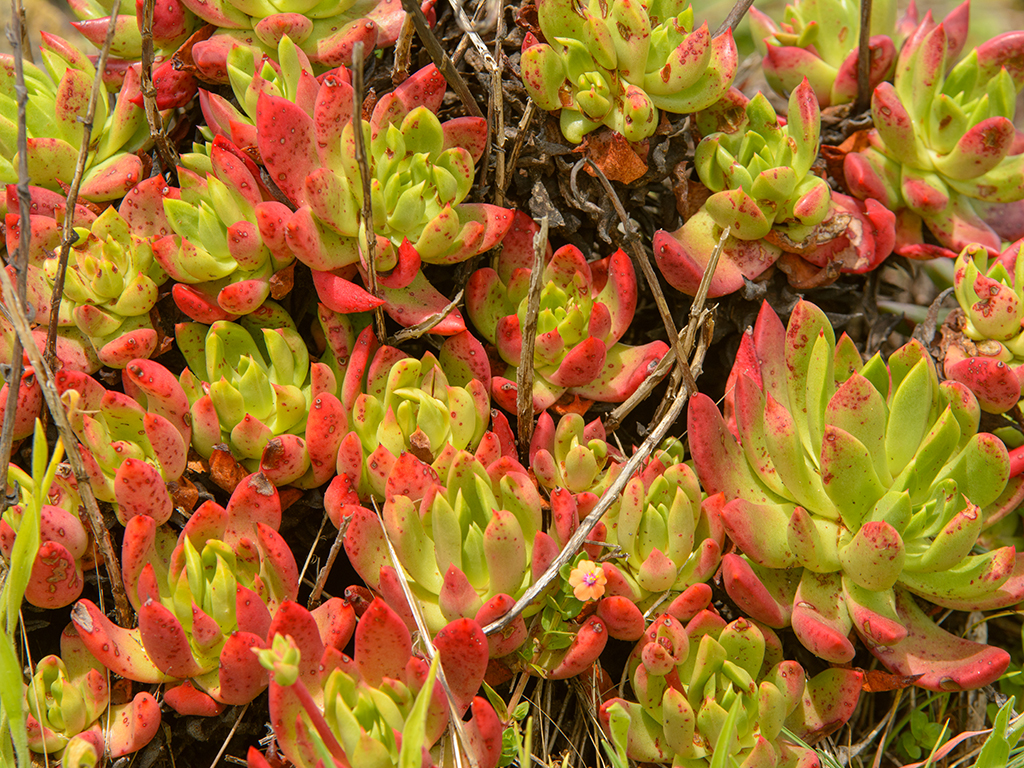
Stachys bullata

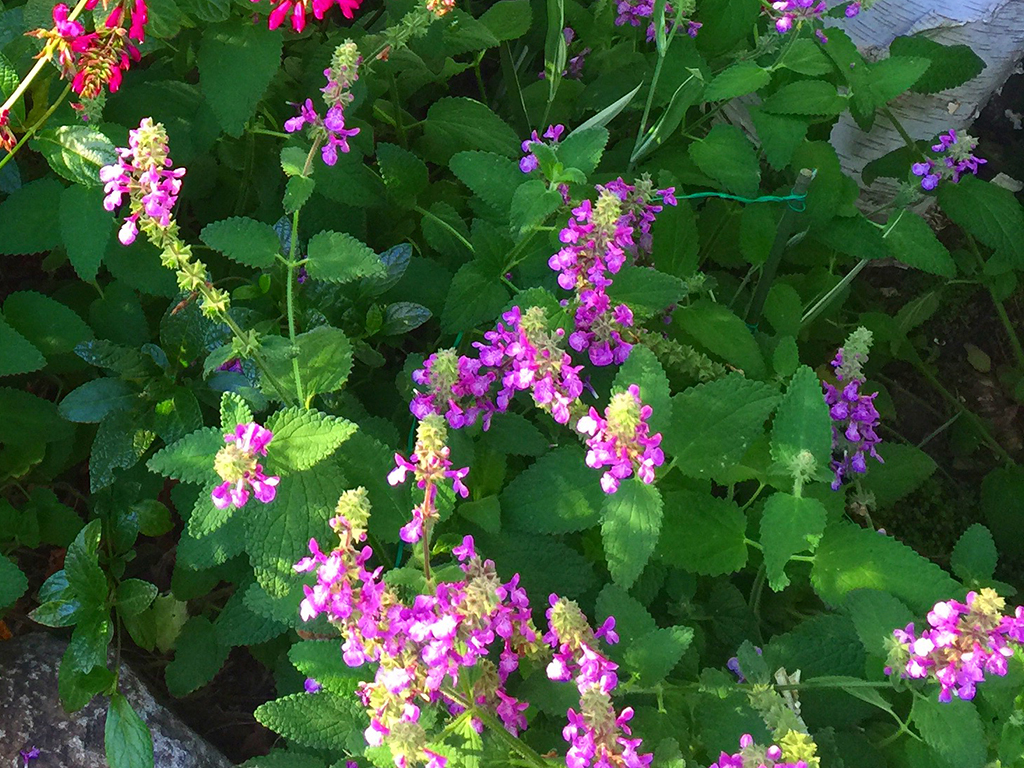
Elisa Baier | Small Spot Gardens
Rhamnus californica ‘Mound San Bruno’

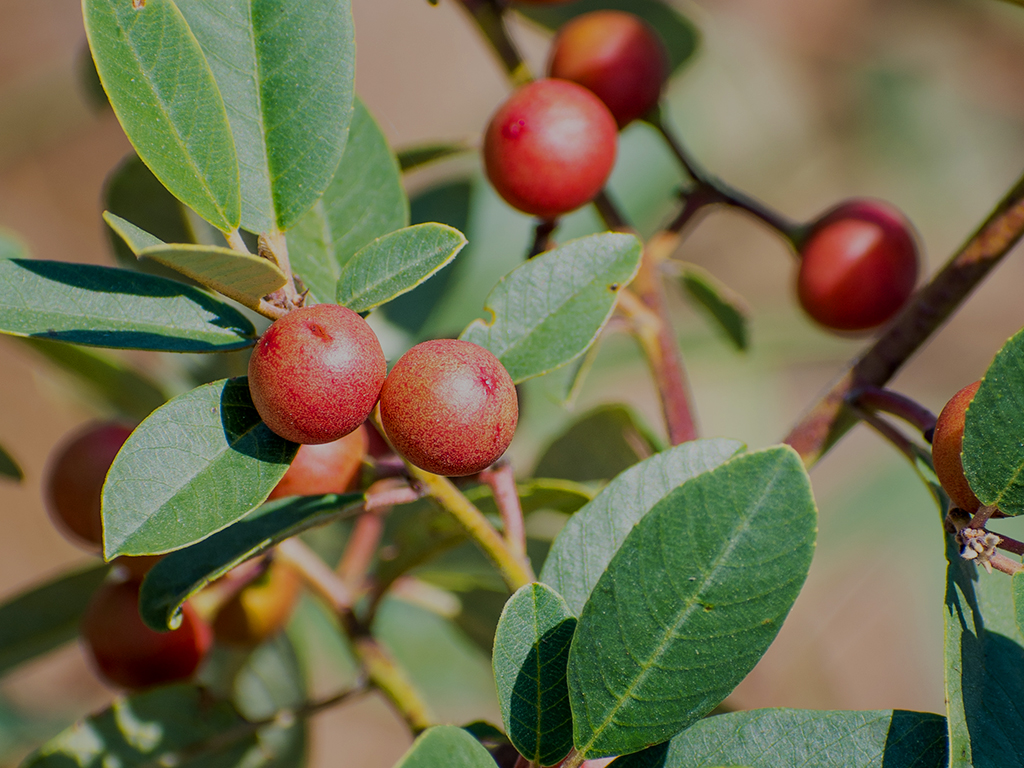
Satureja douglasii

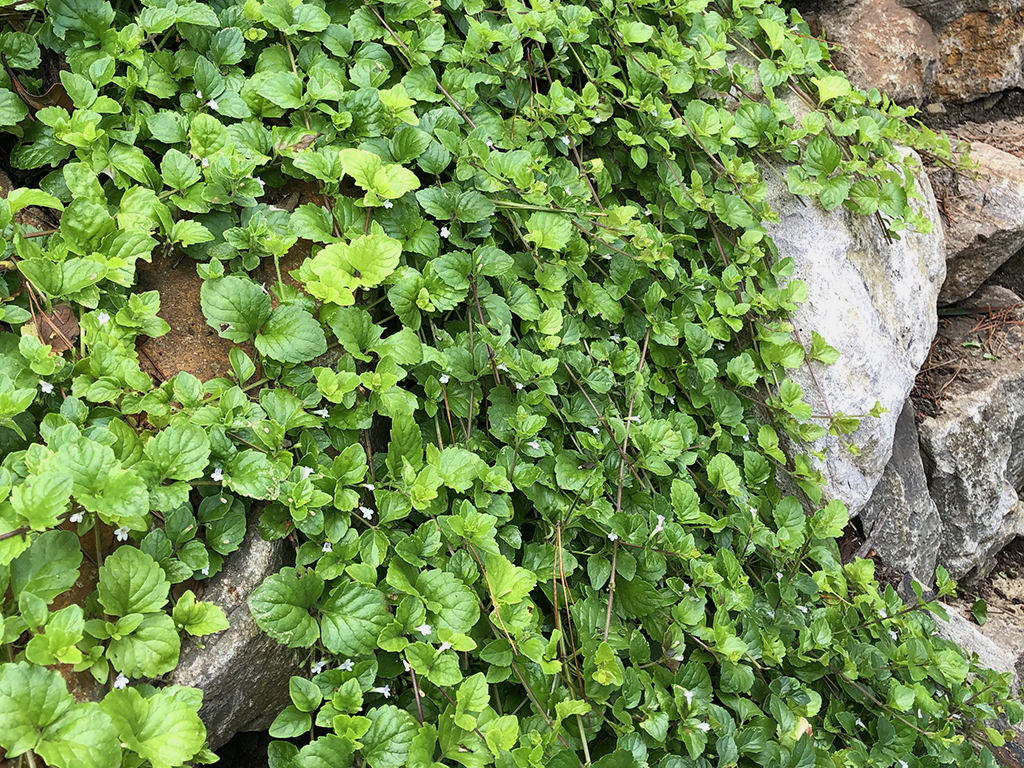
Blechnum spicant

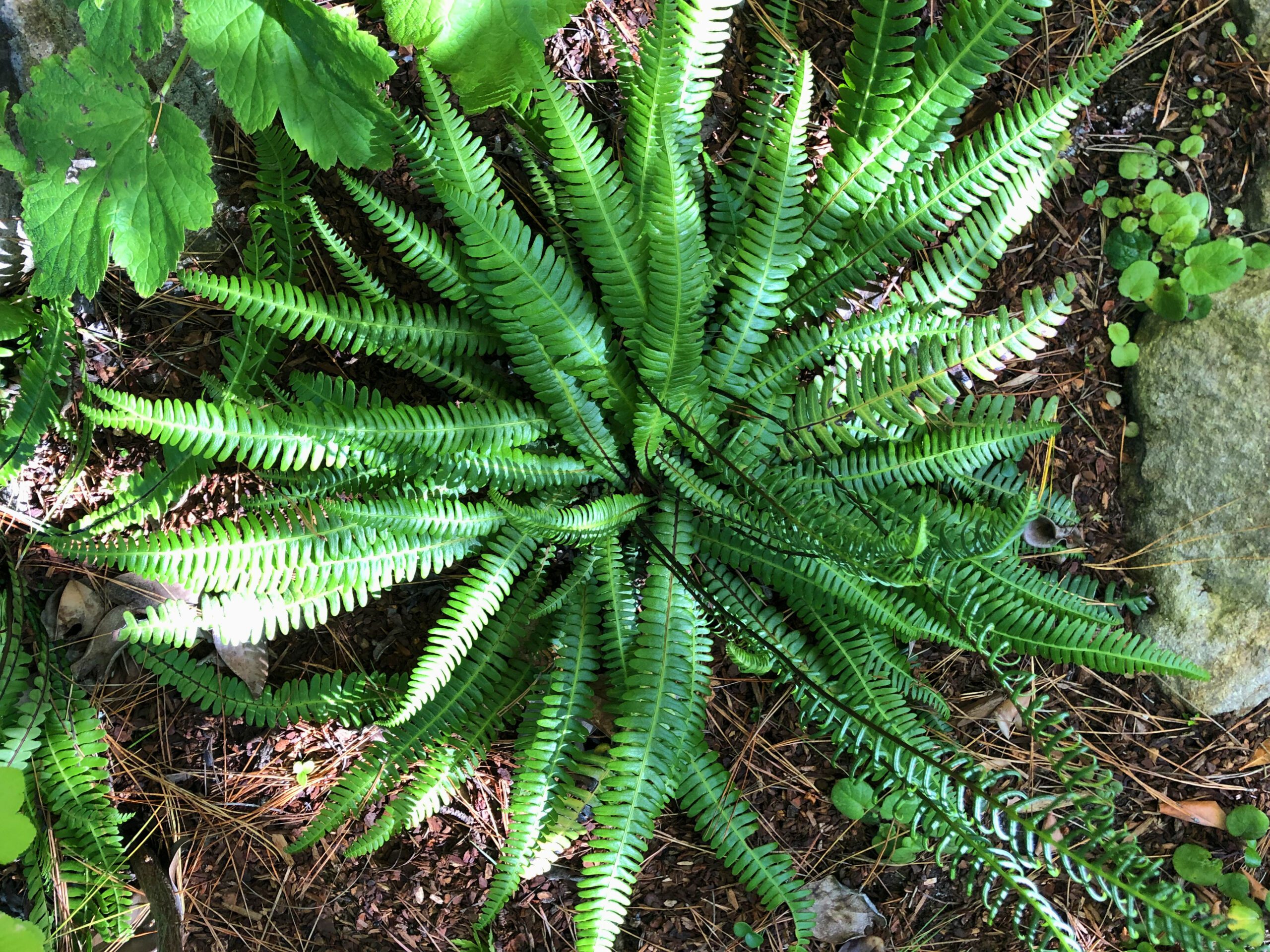
Ceanothus maritimus

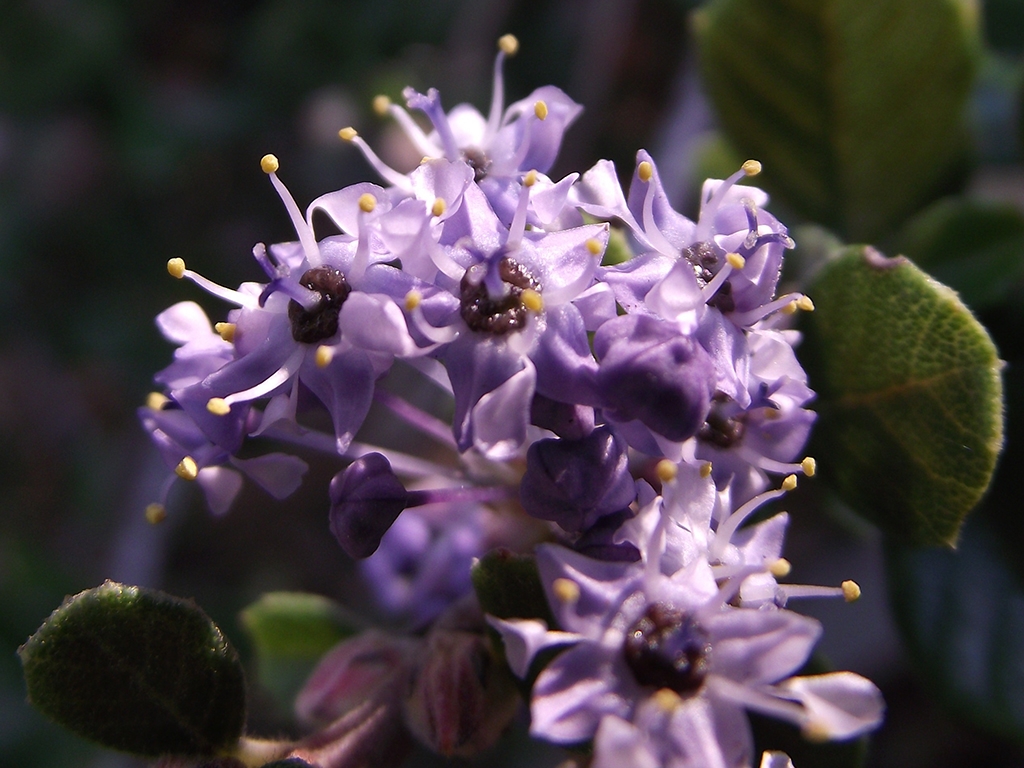
Salvia spathacea


Sophia Blocher | Pacific Nurseries
Polystichum munitum

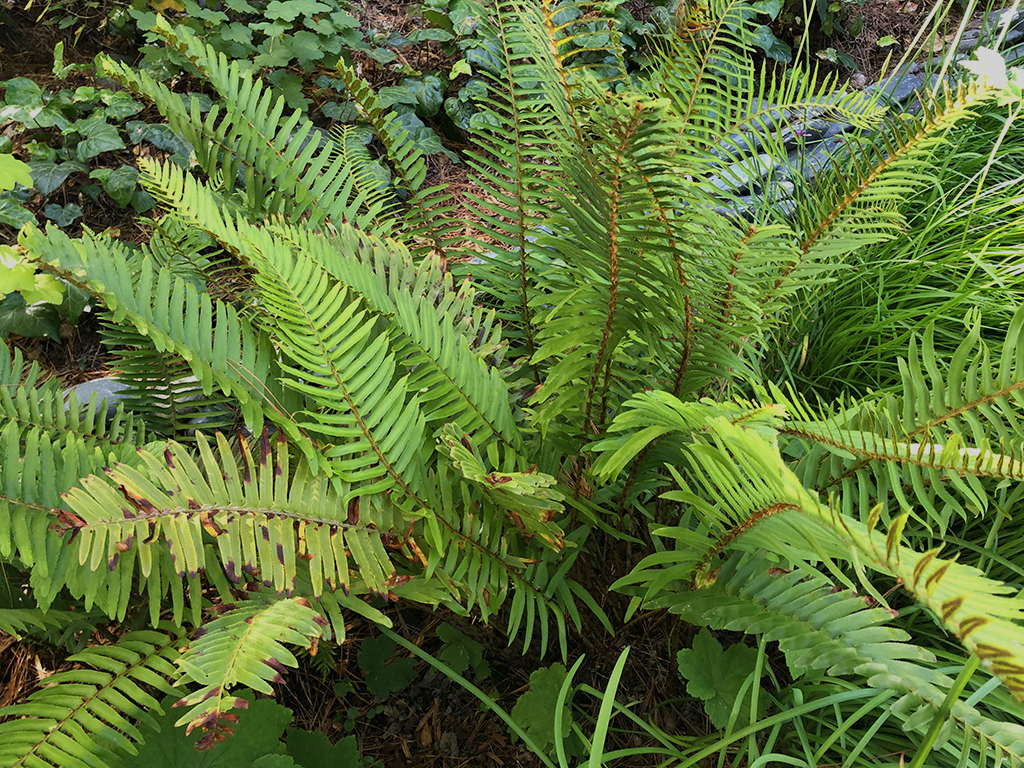
Eriogonum grande var. rubescens

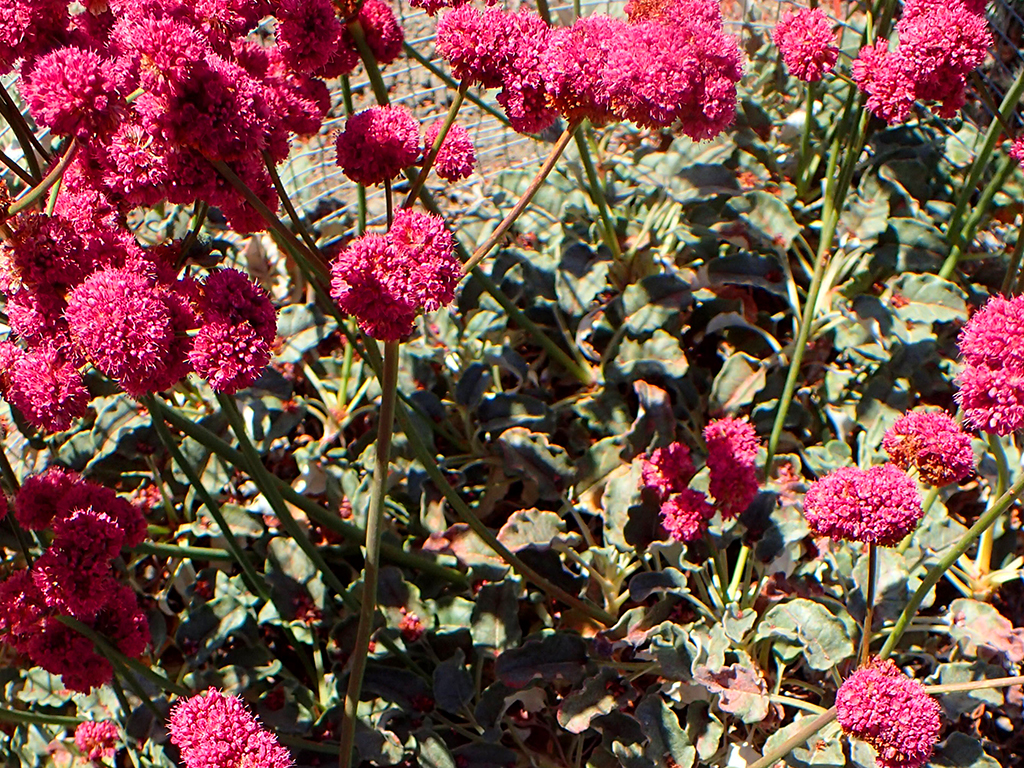
Cercis occidentalis

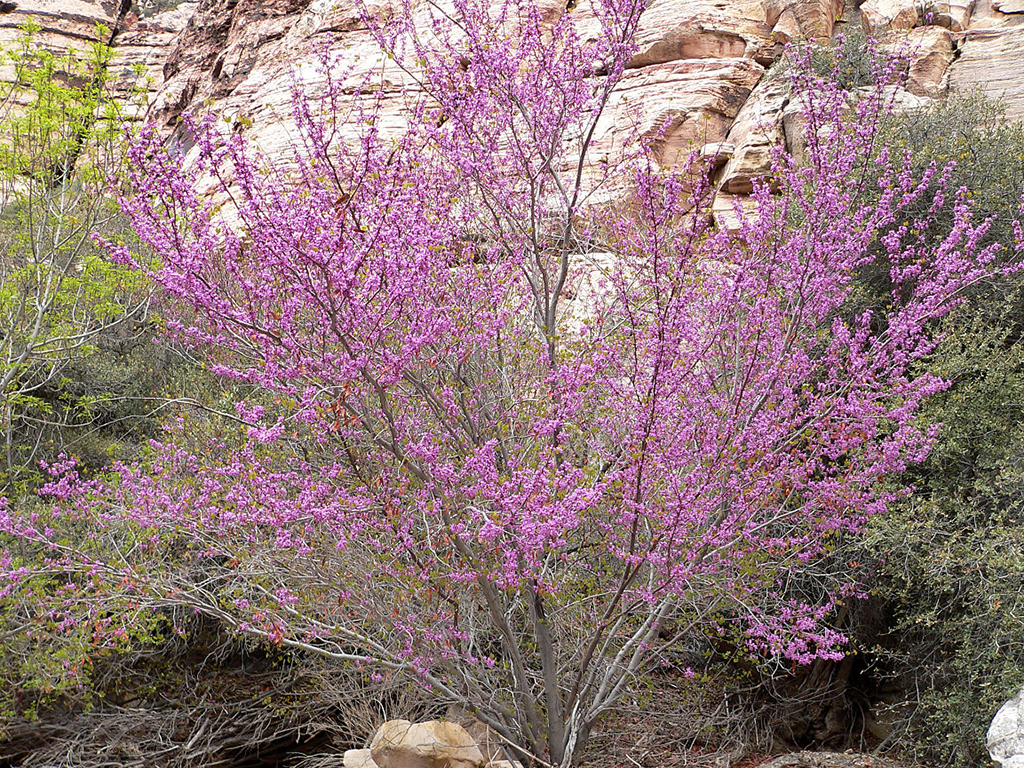
Aesculus californica


Quercus agrifolia

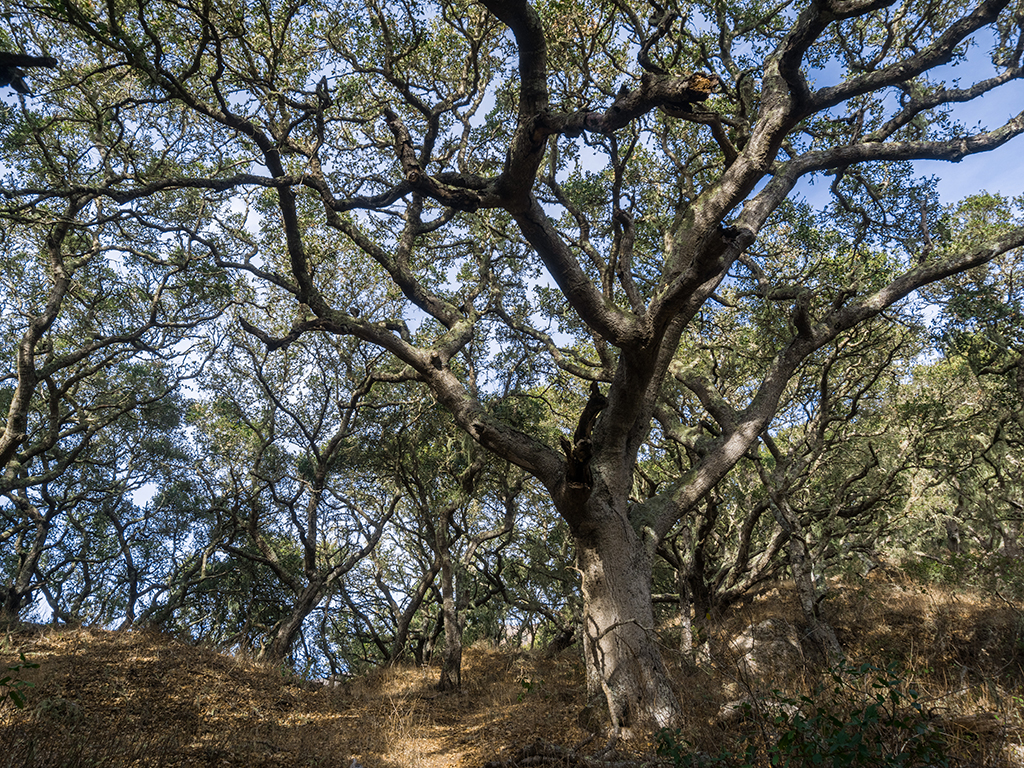
Quercus agrifolia is one of the only California native oaks that thrive in coastal environments and is somewhat tolerant of aerosol-borne sea salt. It is the dominant overstory plant of the Coast Live Oak woodland habitat, often joined by California Bay Laurel and California Buckeye. Coastal fog can supply relief from rainless summer heat to this signature California tree.
Coast Live Oaks are fairly easy to grow and prefer to have their roots shaded in soil that is not fast draining. After the first year of planting and at a height of +/-10′, it’s best to avoid direct summer watering. It’s also a good idea to surround young specimens with mulch, rocks, or smaller native plants that will provide shade to the roots. The best mulch is a thick layer of oak leaves that build natural mycorrhizal fungus in the soil that creates natural fertility and improves the health of the nearby plants. As these trees can get quite large over time, consider a location that provides plenty of room for growth and spread.
Interested in using California native plants in your project?
If you want to learn more about selecting California native plants seen in the wild and their availability, contact one of our experts online at Pacific Nurseries or give us a call at 650.755.2330.You can also check out our Plant Availability List. This comprehensive list is updated weekly and includes plant sizes, quantities, and details about what’s available for sale at our Colma location right now.
If you don’t see what you’re looking for, let us know, and we’ll do all that we can to get you the plants you want when you need them.
What California native plant do your clients love?
Have you recently installed some native plants from the wild that look fabulous and have performed well? Share your success with our community of Bay Area Landscape Pros! We look forward to hearing from you.As the Founder of Pacific Nurseries, Don Baldocchi gets satisfaction from knowing the Bay Area is greener and more beautiful by helping landscape professionals succeed. Email Don or give him a call at 650.755.2330.






